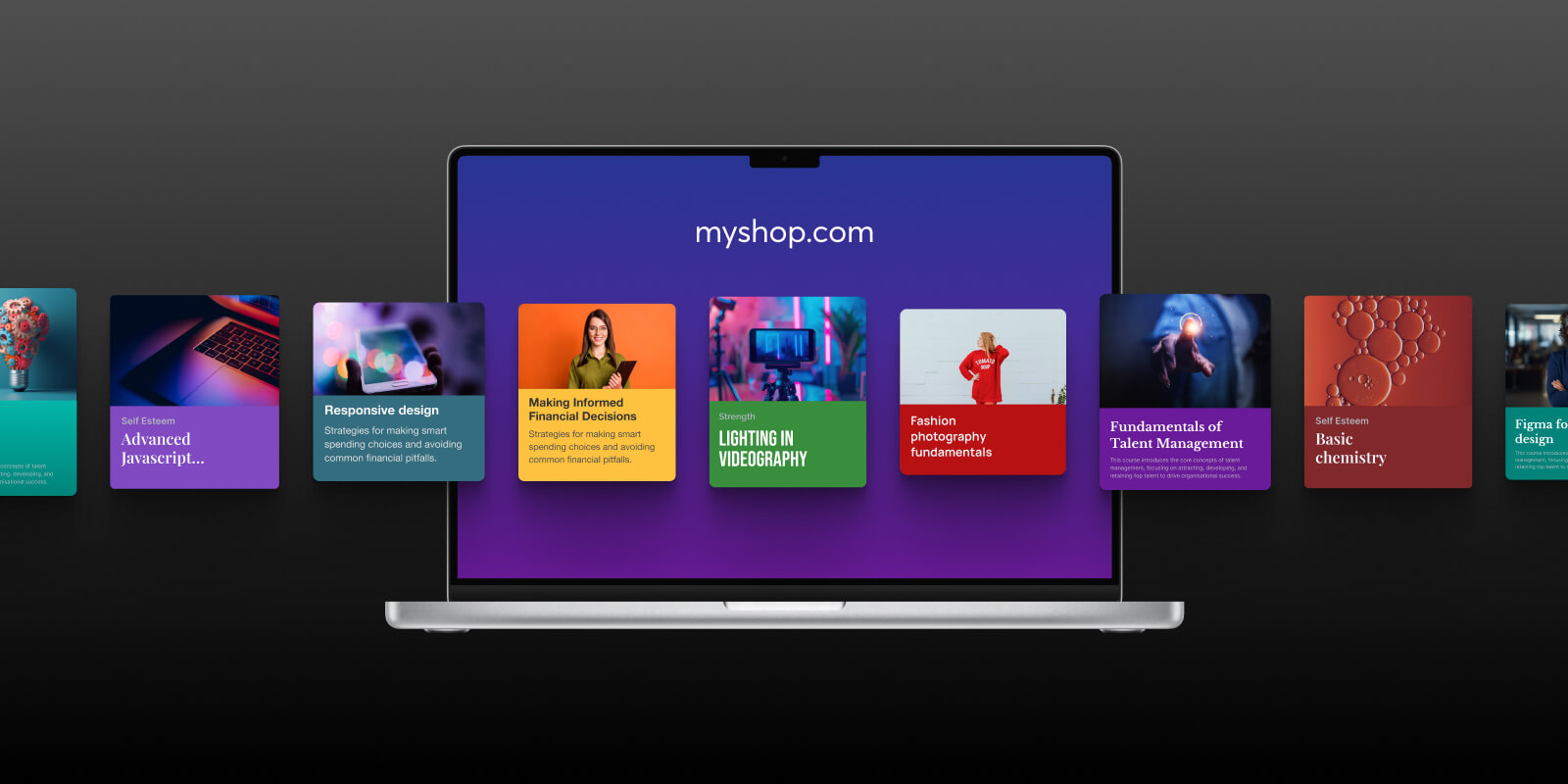
Coaching & Consulting
How to make a coaching website for your business in 2025
I didn’t have a coaching website from day one. I relied on LinkedIn and some other social networks I was using. That is, until I realized that not…
L&D Strategies
6 best Learning Management Systems for healthcare
The healthcare sector is heavily regulated. With dozens of safety guidelines and compliance regulations, the only way healthcare employees can keep up is to undergo rigorous and regular…
eLearning Strategies
9 best practices for online course design: Optimize your online course structure
Building a great online course structure is like making a sandwich – an analogy that might seem weird at first, but stick with me; this analogy is juicy.…
Course Creation & Design
Best elearning authoring tools for 2025
An elearning authoring tool is a vital component in developing high quality elearning content. It’s a must-have for instructional designers, elearning professionals, and training businesses that aim to…
Business Growth
Top 12 LMS marketing tips to boost your business in 2025
Serious about building momentum for your business this year? Your LMS (Learning Management System). With smart tactics, it can help you grow your revenue and keep learners coming…
Business Growth
LMS development: A complete guide
Fast and effective. That's how learning management systems (LMS) should be. A recent report shows that the global LMS market is valued at $24.8 billion [1], compared to…
Customer Education
Product training for customers: A complete guide
Here’s a shocking truth: delivering a best-in-class or innovative product is only half the battle—the real game-changer is training customers on products, so they can integrate them into…
Most popular...
Course Selling & Marketing
Sell digital downloads: The complete guide for 2025
Selling digital downloads and printables has become one of the most popular online business ventures for individuals and companies alike: educators, coaches, online retailers, artists, writers, YouTubers, bloggers,…
Course Selling & Marketing
How to sell digital products on Etsy
Creative entrepreneurs and business owners have so many opportunities to sell their unique digital creations and products today. Etsy, one of the biggest online marketplaces, is a hub…
Course Selling & Marketing
How course creators monetize: models, strategies & tools
Through my interactions with LearnWorlds course creators all these years, I’ve come to learn that turning knowledge into income is never a one-size-fits-all situation. If you’re creating courses,…
Business Growth
Best 6 LMS for banking and finance
Does this sound familiar? You find yourself having just finished reporting for a new compliance mandate. But then, regulations change once again. You have to update every member…
Business Growth
LMS features comparison: Choose the best solution for your business
The latest learning management systems (LMS) you might have just seen don’t necessarily come with the features you need. If you’re just trying out LMS solutions for the…
Membership & Community Building
How to find an ecommerce community to join in 2025
Looking for a vibrant ecommerce community you can join? You’ve landed at the right place. In this article, that’s what we’ll be talking about. Before we dive deeper,…

